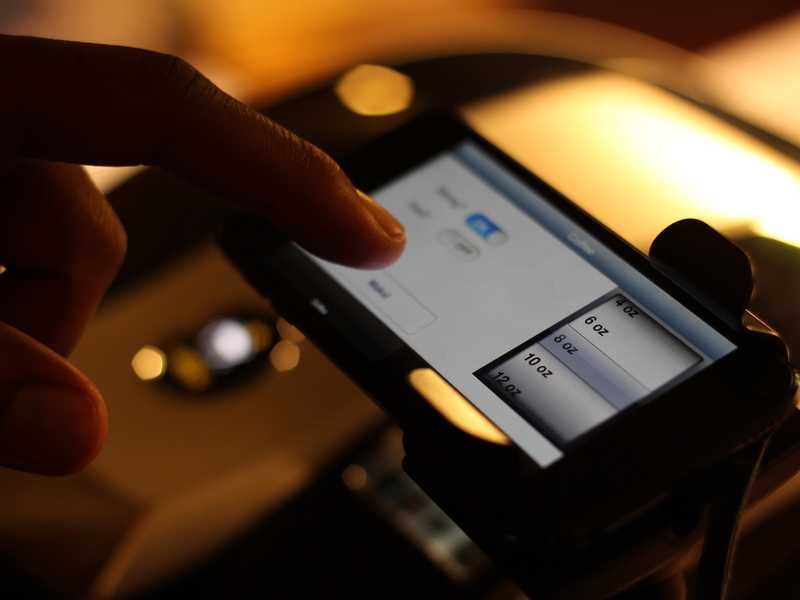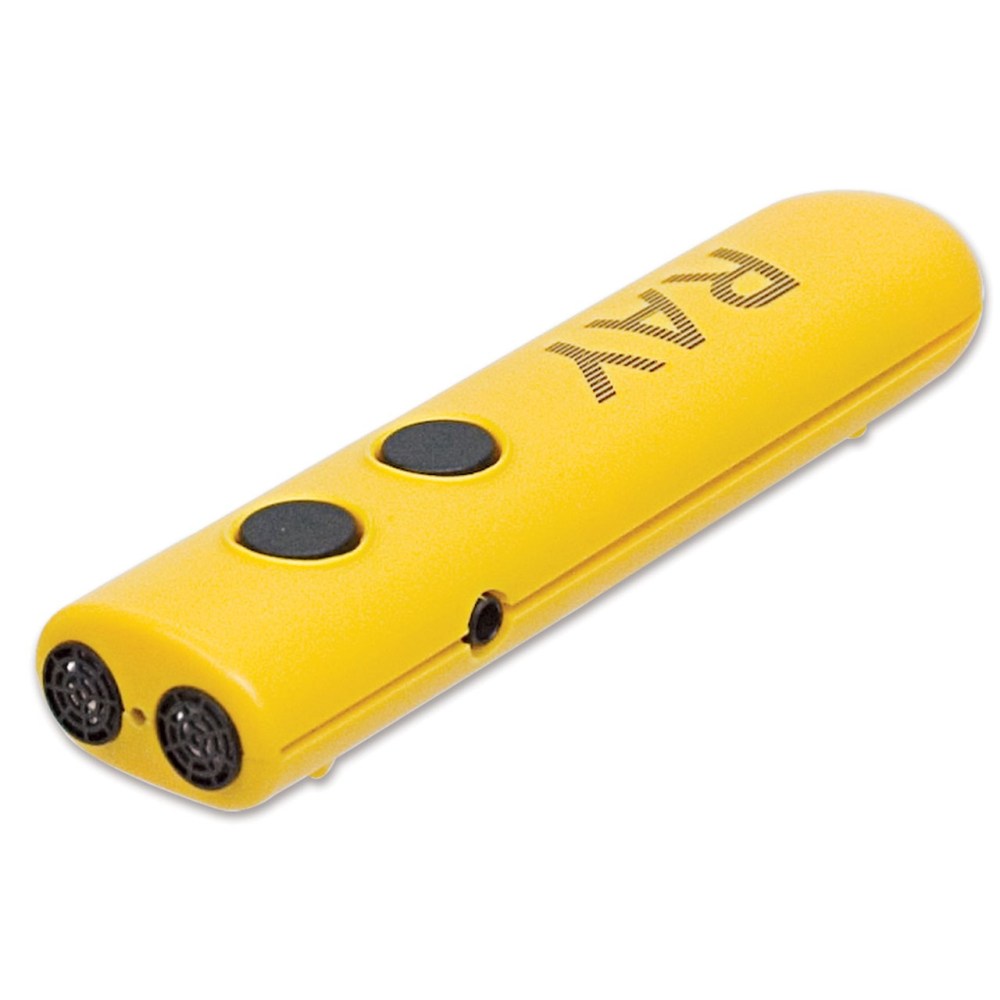Mobility Aids for Visually Impaired Users: Improving Autonomy
Mobility Aids for Visually Impaired Users: Improving Autonomy
Blog Article
Discover Ingenious Tools Developed for the Aesthetically Impaired
The growth of cutting-edge tools for the visually damaged represents a considerable development in access and freedom. Technologies such as smart glasses with AI abilities and mobile applications made to provide acoustic descriptions are reshaping day-to-day experiences for customers. In addition, wearable gadgets that use haptic comments improve environmental recognition, while contemporary Braille developments offer brand-new methods to engage with text. As these devices continue to develop, their effect on the lives of those with aesthetic problems raises essential concerns about the future of inclusivity and freedom in different facets of life. What lies ahead in this technical landscape?
Smart Glasses for Navigating

Smart glasses made for navigating are reinventing the means visually impaired individuals interact with their atmosphere. These innovative tools utilize a mix of camera innovation, expert system, and auditory feedback to give real-time info regarding surroundings. By employing challenge detection systems, smart glasses can notify individuals to potential hazards, making it possible for much safer mobility in both unfamiliar and acquainted settings.
The assimilation of GPS modern technology additionally boosts navigating abilities, enabling individuals to get acoustic instructions as they move. This hands-free method not only promotes independence yet additionally equips visually impaired people to navigate urban landscapes with enhanced confidence. In addition, several wise glasses are furnished with features that identify landmarks and road indications, offering contextual information that enhances the customer experience.
Furthermore, the advancement of these devices is continuously progressing, with firms working to boost the accuracy of things acknowledgment and broaden the variety of navigational features. As clever glasses come to be extra accessible and inexpensive, they hold the prospective to substantially change everyday life for visually impaired users. Ultimately, these ingenious devices represent an important step toward inclusivity, offering improved mobility and a greater sense of freedom for people browsing the world around them.

Mobile Application for Daily Living
Just how can mobile applications boost the day-to-day lives of visually damaged people? Mobile apps are transforming the method visually damaged customers browse their settings, take care of day-to-day jobs, and gain access to info. These applications give essential assistance with different performances, promoting independence and boosting lifestyle.
Numerous cutting-edge mobile applications are created specifically for daily living. As an example, applications like Be My Eyes attach visually impaired customers with sighted volunteers using video clip phone calls, permitting them to receive real-time assistance with jobs such as checking out tags or browsing strange spaces. In A Similar Way, Seeing AI, developed by Microsoft, utilizes expert system to explain surroundings, checked out text, and recognize items, effectively changing a smartphone into an effective tool for day-to-day support.
Furthermore, navigating applications customized for the aesthetically damaged, such as Aira and BlindSquare, provide audio-based instructions and environmental info, enabling users to traverse their surroundings safely and with confidence. Past navigating and prompt aid, mobile applications likewise support company and job administration, with functions that help customers establish pointers, develop order of business, and track visits. In summary, mobile applications function as crucial sources, equipping aesthetically impaired individuals to lead even more independent and fulfilling lives.
Wearable Technologies for Aid
Empowerment with technology is significantly obvious in the realm of wearable gadgets designed to aid visually damaged individuals. These cutting-edge tools incorporate effortlessly into day-to-day live, enhancing navigating and providing necessary comments to customers. Smart glasses equipped with cameras can identify faces and review text aloud, enabling customers to communicate even more with confidence in expert and social setups.
An additional noteworthy innovation is using haptic responses systems in wearable devices. These systems utilize vibrations or various other tactile signals to communicate details concerning the user's environment, such as challenges or modifications in surface, boosting mobility and safety. Wearable innovations likewise include wristbands that link to smart devices, signaling customers to alerts through refined resonances, hence boosting connection without dependence on visual hints.
As these innovations remain to progress, they are not just improving independence for aesthetically damaged people but also cultivating a better sense of addition in society. By connecting the space between difficulties faced in daily living and the potential for freedom, wearable modern technologies act as essential tools in the quest for equal rights and empowerment for those with aesthetic disabilities.
Audio Description Devices
Sound summary devices play an essential function in boosting access for aesthetically damaged individuals, giving them with the capability to involve with aesthetic media. Speech-to-text devices for low vision. These tools provide narrated summaries of vital aesthetic aspects in films, television programs, and live efficiencies, making sure that customers can totally comprehend the context and emotions shared via visuals
Sound description can be integrated right into different systems, consisting of streaming services, cinema testings, and live theater. Many preferred streaming solutions currently consist of audio summary as an ease of access function, permitting viewers to pick it easily. Along with mainstream media, specialized apps also exist, supplying audio summaries for art exhibitions, galleries, and various other cultural occasions.
The effectiveness of audio description rests on the skill of the narrators, that must communicate aesthetic details succinctly without detracting from the initial sound. Developments in this area are also leading the way for even more customized experiences, where individuals can readjust the level of detail and pacing according to their preferences.
Braille Innovations and Gadgets
Braille developments and gadgets have actually substantially changed the way visually damaged people interact with message and info. Modern improvements have actually led to the development of versatile devices that boost proficiency and freedom amongst customers.
Additionally, check my site portable Braille notetakers integrate standard Braille input with modern-day performances, assisting in note-taking, scheduling, and record editing and enhancing on the go. Mobility aids for visually impaired users. These compact gadgets typically feature text-to-speech capacities, linking the space between Braille and auditory information
Furthermore, innovative Braille printers have actually arised, enabling users to generate Braille labels, records, and educational products effectively. This ease of access promotes greater participation in professional and educational environments, inevitably promoting inclusivity.
Moreover, research study right into smart Braille innovations continues to increase. Gadgets that integrate fabricated knowledge are being see this here checked out to provide real-time navigation aid and contextual details, improving the user experience in varied settings. On the whole, these innovations mirror a commitment to empowering visually damaged individuals with modern technology, guaranteeing they can quickly access and involve with the globe around them.

Final Thought
The advancement of cutting-edge tools for the visually damaged considerably enhances freedom and high quality of life. These technologies not only foster better inclusion but likewise advertise freedom in day-to-day tasks, ultimately adding to a much more fair and accessible culture for visually damaged people.
As smart glasses come to be much more budget-friendly and accessible, they hold the potential to substantially transform everyday life for aesthetically impaired individuals. Mobile applications are revolutionizing the method aesthetically impaired individuals browse their environments, manage everyday jobs, and gain access to information. Apps like Be My Eyes attach visually impaired individuals with sighted volunteers via video phone calls, permitting them to get real-time help with jobs such as reading tags or browsing unknown rooms.In addition, navigating apps tailored for the aesthetically damaged, such as Aira and BlindSquare, offer audio-based directions and ecological details, enabling customers to traverse their surroundings safely and confidently.The development of innovative tools for the visually damaged this content dramatically boosts independence and high quality of life.
Report this page